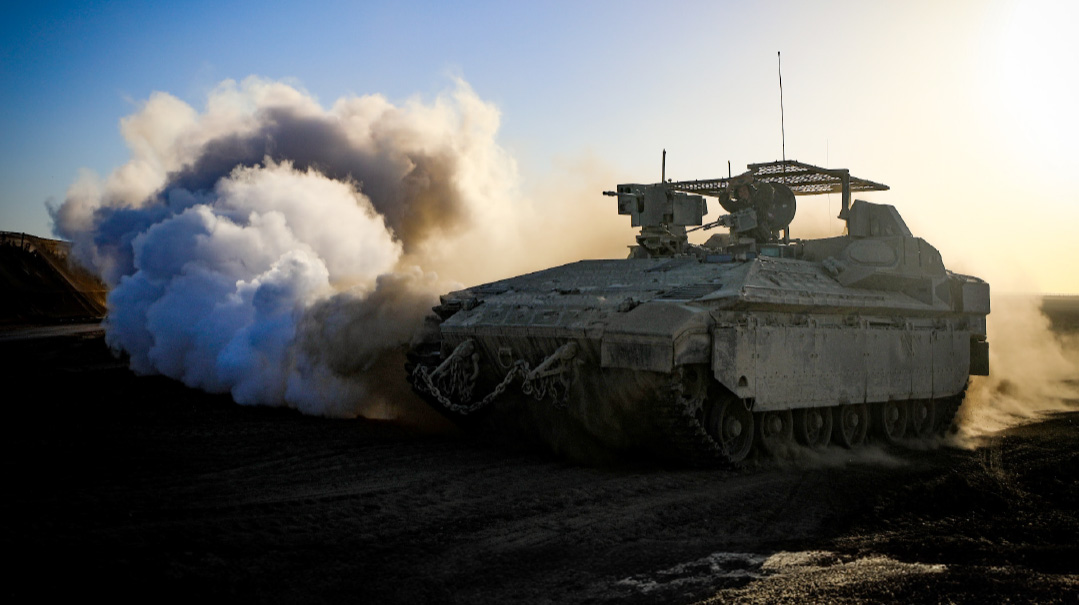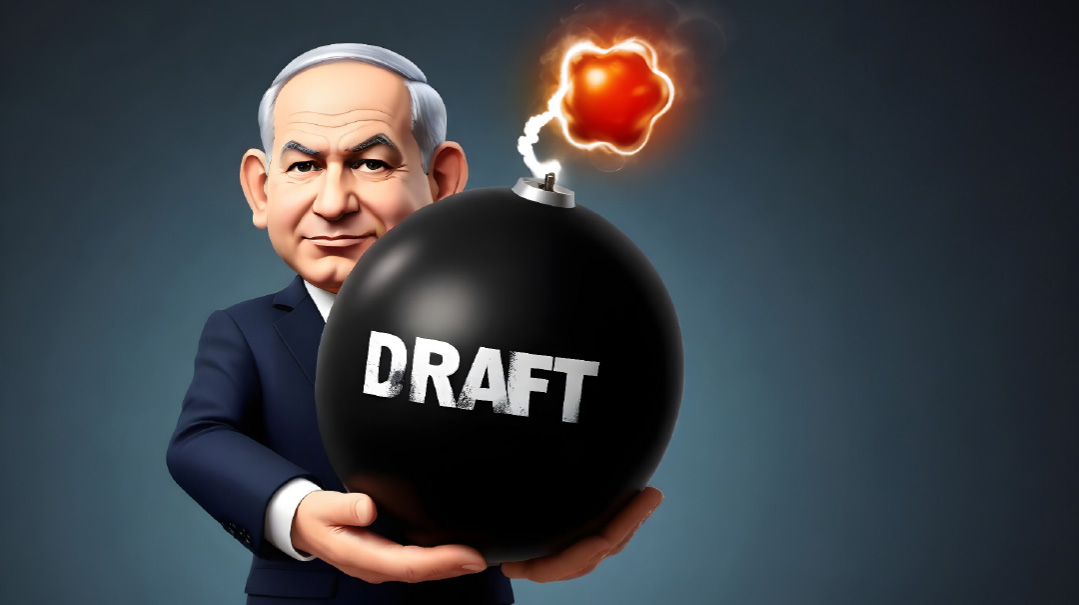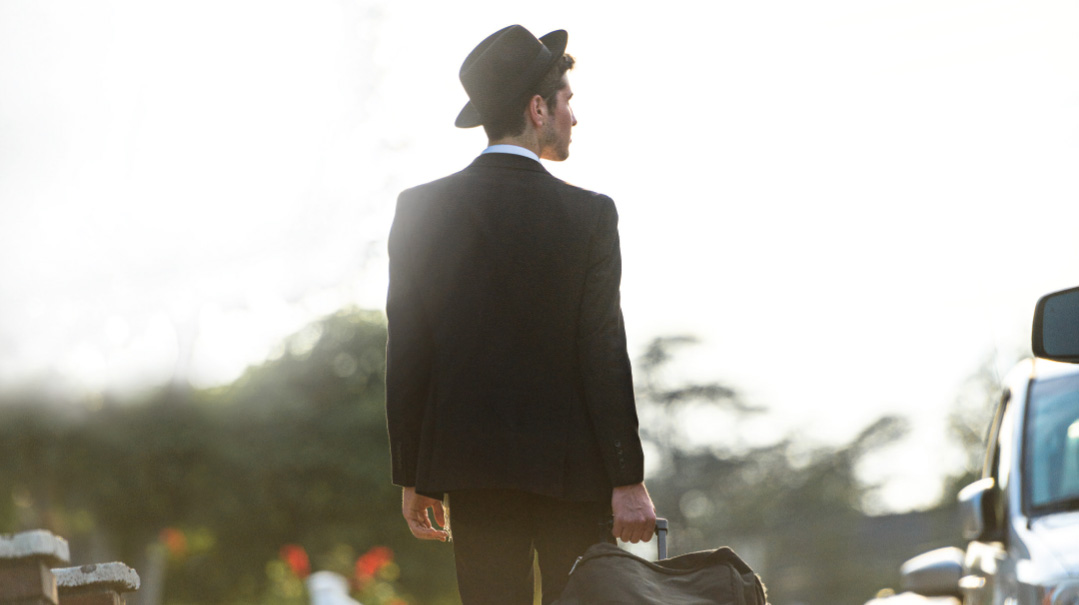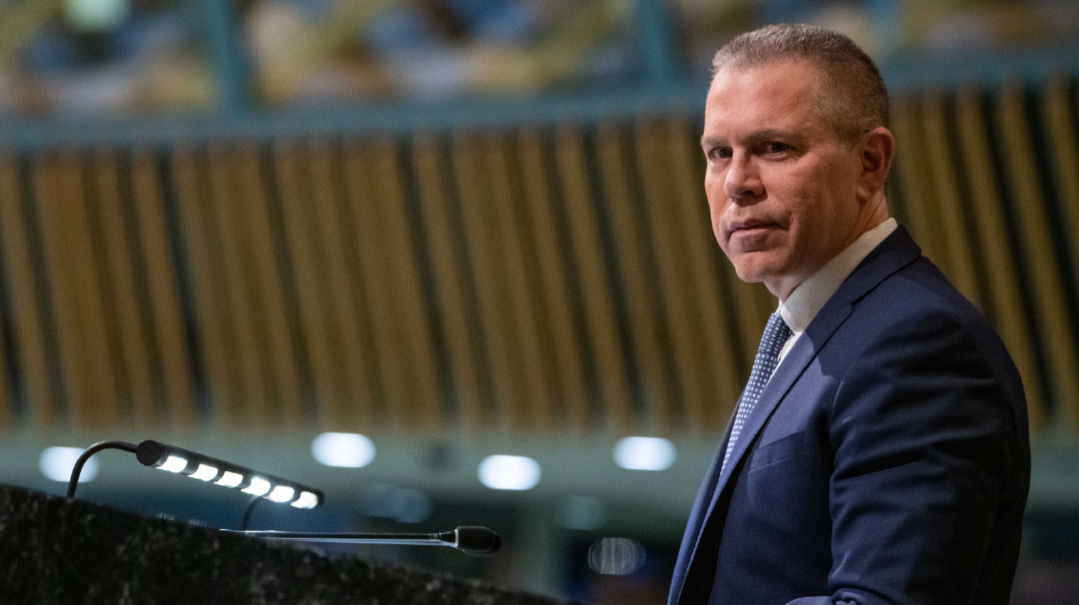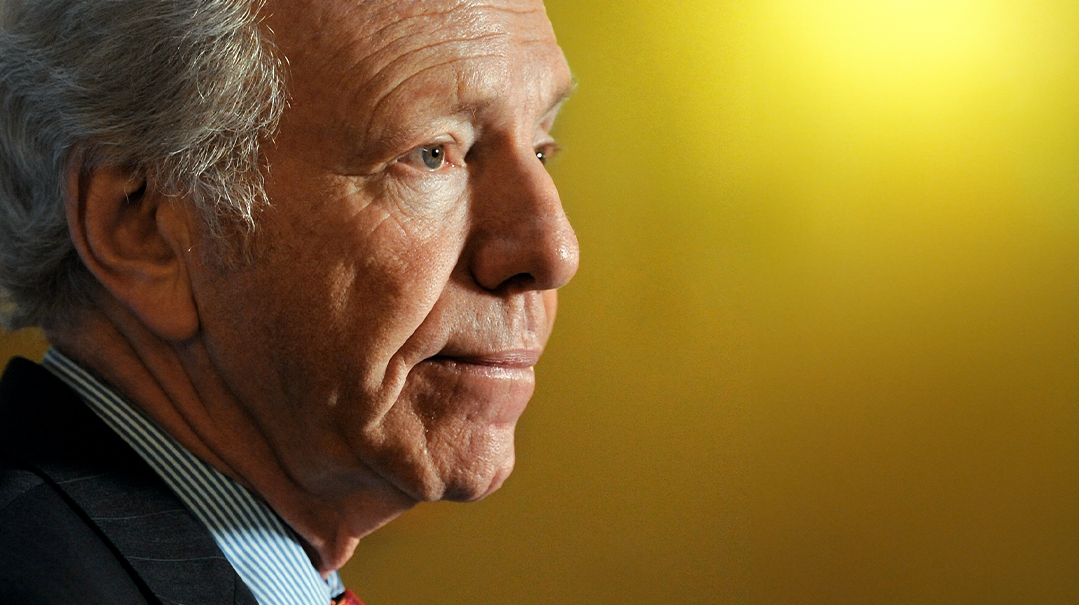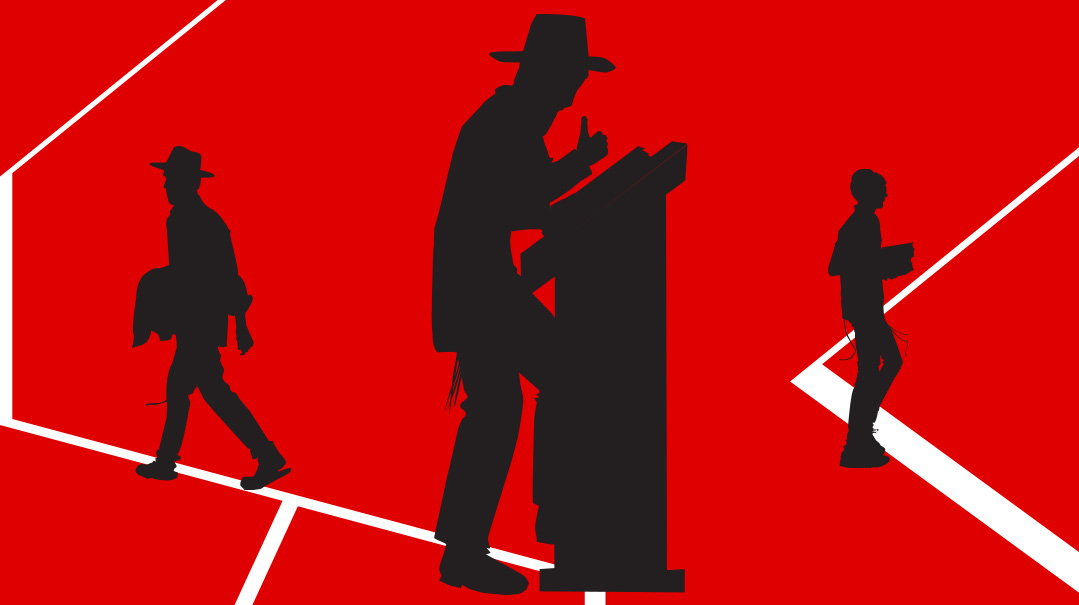Held Hostage by Hamas in Lod
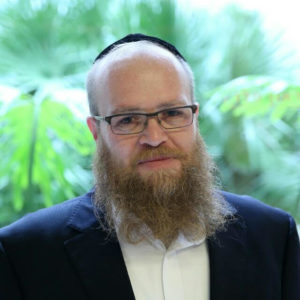
As a resident of Lod, the conflict between my mission as a journalist and my desire to live in peace in my own city, generated an impossible dissonance
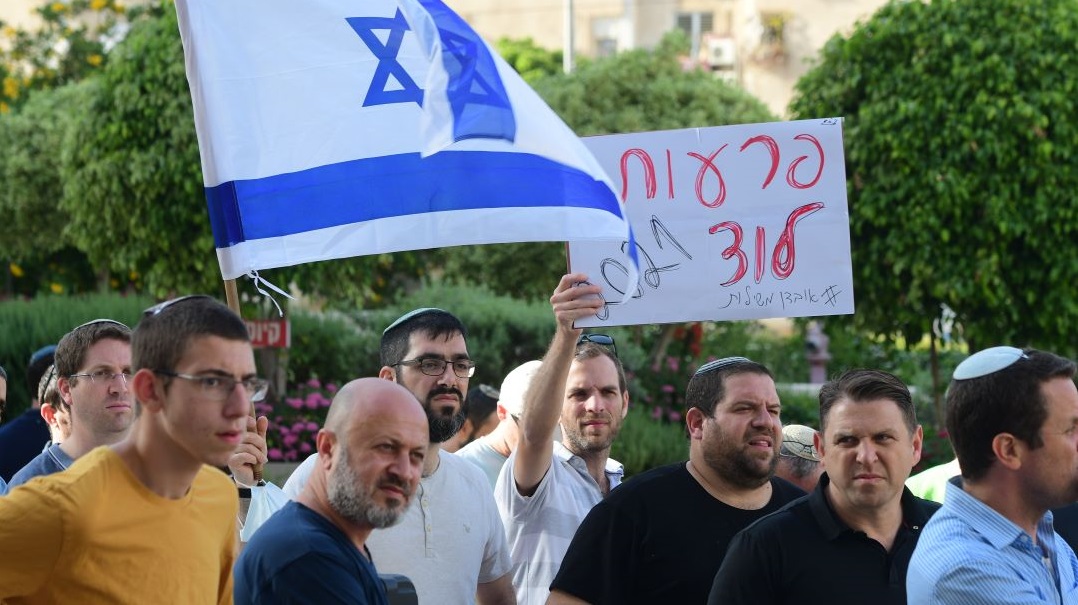
I
t was one of those moments when your life flashes rapidly before your eyes. It was late at night. From early evening, Lod’s Arab residents had been protesting in the Ramat Eshkol neighborhood and in the city center. We couldn’t hear their shouting in the neighborhood where I live, and I figured — I don’t know what I based this on — that I could drive a short distance of 5 to 7 minutes away. In a matter of minutes, I realized my mistake. Near the District Court, a group of young Arab men were holding rocks and sticks, waiting for a car with a Jew inside. I sped past them.
The disruptions by people fearlessly throwing stones and firecrackers at policemen, destroying anything they can get their hands while expressing support for the Muslim riots on Har Habayis, and shouting “with spirit and blood we will redeem Al Aksa” made my heart skip a beat. I drove to the city’s main avenues and discovered that they had been blocked by garbage dumpsters and pieces of wood, which were all aflame.
Right near the police station in Ramat Eshkol neighborhood, a fire had been set, and the flag was replaced with a PA flag. The fire caught on to parked cars; others looked like they had been ransacked and destroyed. In fact, every symbol of Israeli authority had been destroyed: Police stations, the city hall and schools. The pre-military academy in Ramat Eshkol was set on fire. Students evacuating the building rescued the sifrei Torah and emerged unscathed. And where were the police? For many hours, they were nowhere to be seen. Neither were the fire fighters.
At the corner of Chashmonaim and Tizporen streets, dozens of Arabs blocked the road, set garbage cans on fire and hurled stones at buildings where the Torani community members live. The Jewish residents faced off with the rioters, whose faces were covered. The latter threw stones and Molotov cocktails. The former displayed impressive restraint. They stood there, waiting. No one wanted to clash with the Arab rioters. Another phone call to the police, but zero. Not a single security service member arrived.
“I’d never been so afraid,” says Yoel Frankenburg, a resident of the city. The word afraid and fear repeats itself over and over, in every conversation with the Jewish residents of the mixed cities who have found themselves defending themselves and their families. And still, the police failed to arrive.
Later, when the residents felt that their lives were in danger from the rioters, they began firing into the air, and later in the direction of the mob, in order to put them on the retreat. A short time later, it was reported that a young Arab man had been brought to Shamir Medical Center, lifeless. That was just another round of fuel that doused the burning city. The medical teams at the hospital had to hustle some patients to reinforced areas, and to hunker down with them in safe spaces, fearing for their lives. Police and special forces summoned to the scene dispersed the rioters with stun grenades.
A similar picture was visible on Bialyk Street in Ramle’s old city nearby. A battlefield is the description that come to mind for hours afterwards. Gangs of masked rioters with rocks in their hands took up positions; they blocked the roads by setting fires, and vented their fury on parked cars, security cameras and traffic signs.
The police were hardly to be seen.
In the distance I saw a handful of policemen with helmets on their heads, patrolling the area. The shuls were intentionally desecrated and vandalized, the storefront of a store for tashmishei kedushah was shattered and part of the new cemetery in the city was set on fire.
The brazenness of the rioters did not end with that. Dozens – including minors – stormed down Herzl Street, the main street in Ramle, and stoned stores and buses filled with passengers. Only on Tuesday morning did I receive the horrific photos of the sifrei Torah thrown on the floor of the Chessed V’Emes Shul on Chanita Street in the city.
As a resident of Lod, the personal experience was difficult. The conflict between my mission as a journalist and my desire to live in peace in my own city, generated an impossible dissonance.
Lod and neighboring Ramle became warzones this week, as they were taken over by militias of masked rioters. The illusion of coexistence between Jews and Arabs has shattered in the face of the sick, nationalistic violence. The next day, Tuesday evening, after the funeral of the Arab victim, the rioters ignited a bus at the Lod central bus station, burned the car of one of the Jewish families in the city, and also set fire to many other objects in the market. They also tore up sidewalks. The rioters burned and tore down municipal security cameras.
The Jewish residents of Lod hunkered down in their homes; some had stones thrown at them. The mayor of the city, Yair Rebibo is right: “This mission is too big for the Israel Police; we need the army here. It’s simple. What is going on here is unfathomable – shuls being burned, hundreds of burned out cars, mobs of Arabs raging through the streets. I think we can announce that civil war has broken out in Lod, because the Jewish residents are not ready to remain silent any longer.”
The picture in Lod and Ramle as of this weekend – is that each one can do as his heart desires. Will the declaration of Prime Minister Binyamin Netanyahu and Internal Security Minister Amir Ohana about a “civilian emergency” in the city help us, the residents? Sadly, it appears that the riots will continue, until Hamas decides that they should end.
Oops! We could not locate your form.






